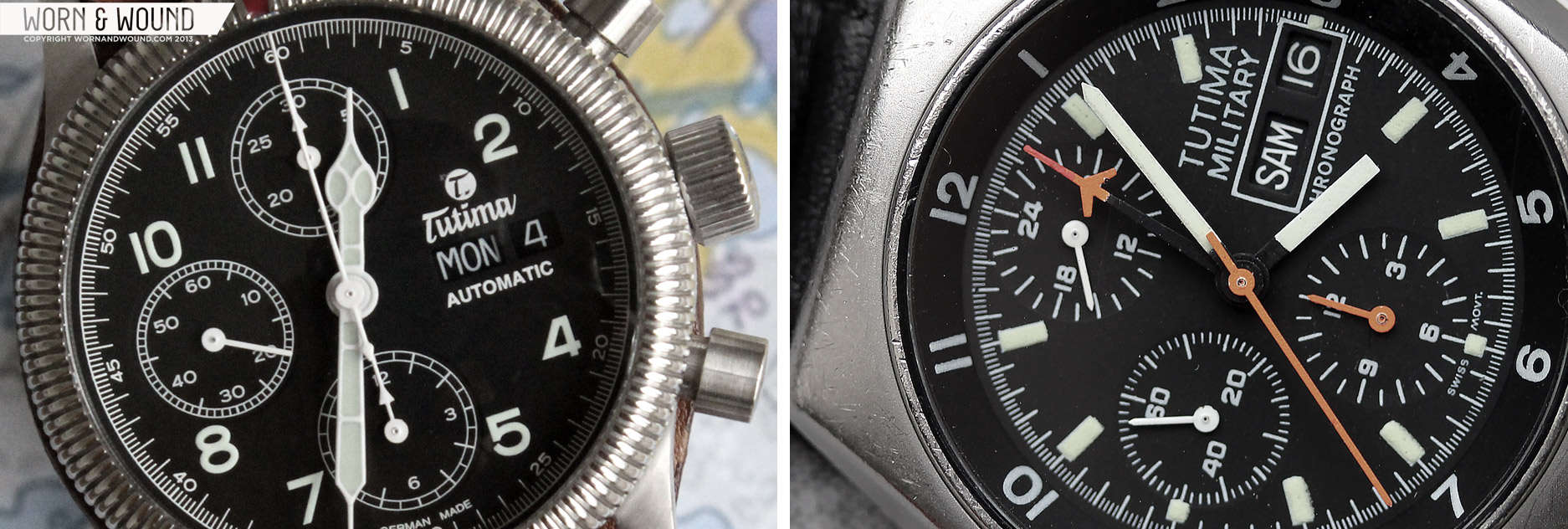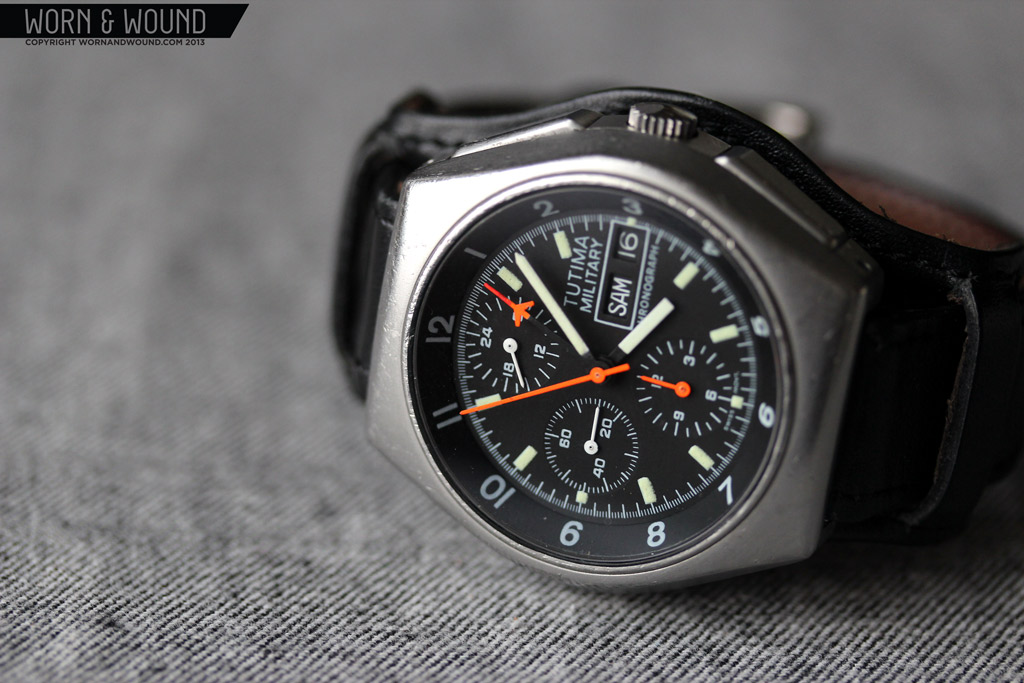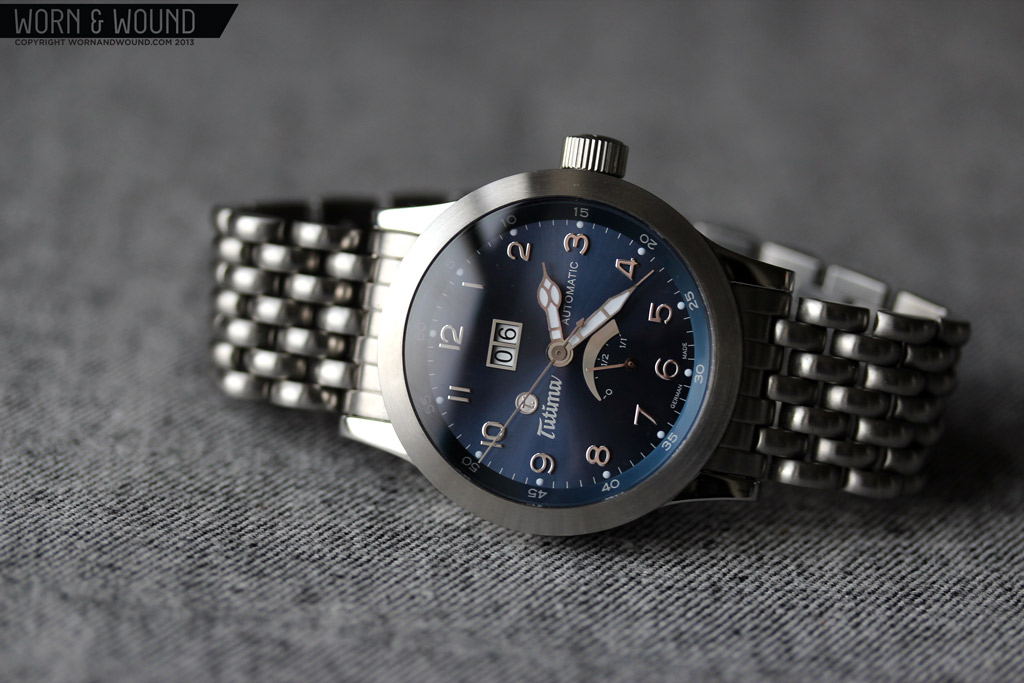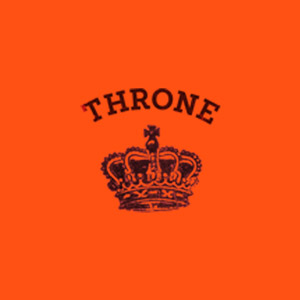Here at worn&wound, we feel the German brand Tutima doesn’t always get the attention it deserves, especially since it was one of the pioneers in chronograph technology 75 years ago. Largely known for their aviation-inspired watches, the watch brand is currently going through a revolution with its lineup of timepieces. Four new lines were announced at BASELWORLD last spring, and will be available this winter.
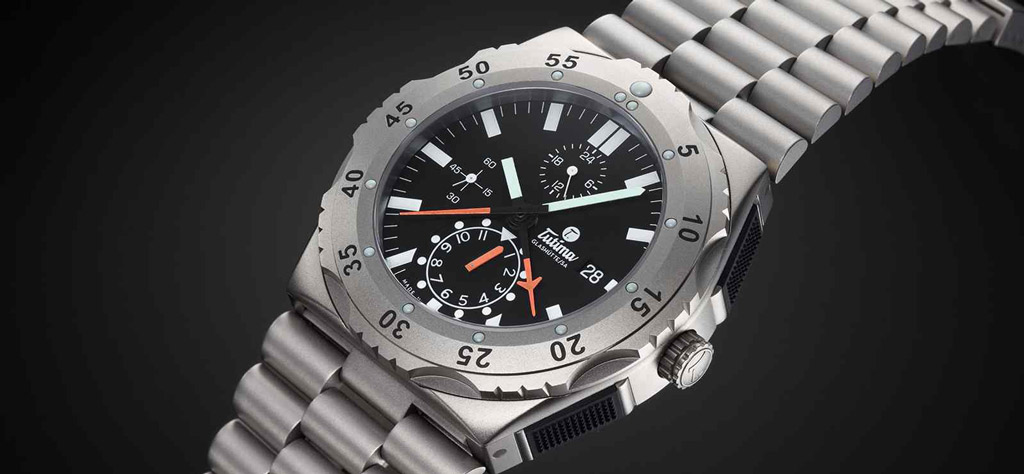
But where did Tutima come from? What is the heritage of these fine timepieces?
The companies that ultimately became Tutima were founded in the Saxony city of Glashütte in 1927 by a young academic jurist, Ernst Kurtz. UROFA (Uhren-Rohwerke-Fabrik Glashütte AG) and UFAG (Uhrenfabrik Glashütte AG) were the original companies founded to resurrect the failed Glashütte watch industry, which had collapsed under the load of the economic crisis that followed WW I.
Tutima was originally the moniker of the highest grade timepieces made by UROFA-UFAG. The name was taken from the Latin adjective “tutus”, which means “safe” or “protected”. UROFA-UFAG began by producing high-quality pocket watches but the young venture quickly switched to developing and producing wristwatches. By the 1930s they were producing timepieces which could compete with their Swiss counterparts.
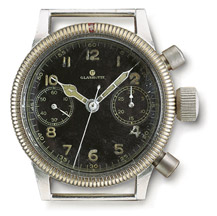 The two-pusher pilot’s chronograph was developed in 1939-1940. This legendary chronograph, which contained the UROFA Caliber 59, was first produced in 1941 and supplied to the German government for the balance of the war. This was the first German chronograph to have a flyback function. By the end of WW II, Tutima had produced roughly 30,000 Flieger Chronographs. After the war, pilots hoarded them, knowing there would be no more because of the large scale destruction of Glashütte and its watch industry by Russian troops. These early Fliegers are highly prized by collectors today.
The two-pusher pilot’s chronograph was developed in 1939-1940. This legendary chronograph, which contained the UROFA Caliber 59, was first produced in 1941 and supplied to the German government for the balance of the war. This was the first German chronograph to have a flyback function. By the end of WW II, Tutima had produced roughly 30,000 Flieger Chronographs. After the war, pilots hoarded them, knowing there would be no more because of the large scale destruction of Glashütte and its watch industry by Russian troops. These early Fliegers are highly prized by collectors today.
What was left of the Glashütte watch industry was nationalized when the German Democratic Republic (what we knew as East Germany) came into being in 1949. The former independent watch companies of Glashütte were combined into a “state combine,” based in major part around what remained of the factories of UROFA and UFAG. Indeed, there are Russian versions of the Flieger Chronograph, first made with components remaining from Wartime production, and later with new components produced to the original specifications.
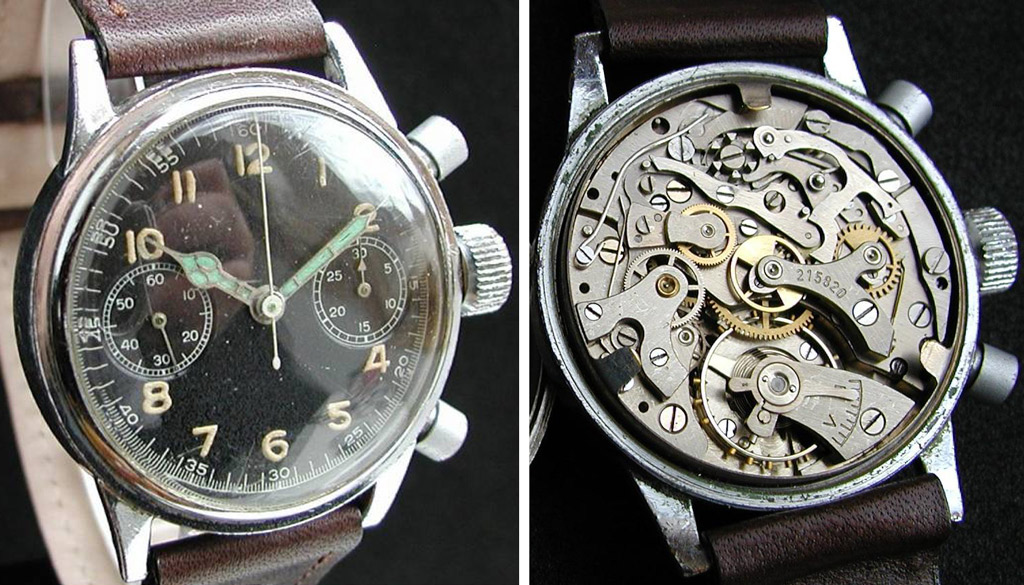
At the end of WW II, Kurtz moved to Memmelsdorf, north of Nuremberg in the Upper Franconian region of Bavaria in West Germany, where he and those who accompanied him from Glashütte continued manufacturing watches. By 1949, while the East German government was consolidating what remained of the watch industry back in Glashütte, UROFA/UFAG was producing their Caliber Kurtz 25, a unique movement which featured a Breguet hairspring and jewels set in chatons, along with “Super Shock Resist” shock protection.
In 1951 Kurtz relocated the production to Ganderkesee, near Bremen in Lower Saxony (northern West Germany). By 1956, they had begun to produce the economical Kurtz 570. In that same year, Werner Pohlan, Kurtz’s close friend and former associate from their days in Glashütte, took over the running of the ébauche manufacture, by then known as NUROFA (Norddeutsche Uhren-Rohweke-Fabrik). Kurtz had previously founded the company Tutima Uhren to distribute the watches, which carried the brand name Glashütter Tradition at this point.
In 1959, Kurtz returned to run the ébauche factory, renaming it UROFA, the original name of his factory in Glashütte. However, soon after, the ébauche business failed and the factory was closed.
Dieter Delecate, another former associate of Kurtz’s, subsequently took over, beginning with distribution. He followed that with the founding of Tutima Uhrenfabrik GmbH, which has since grown into a global group of companies. Under Delecate’s direction, Tutima survived the quartz crisis by making instrument watches using Swiss movements, a practice that served Tutima well up to the present day. (In fact, after Tutima came to North America in 1997, much of their advertising literature asked interested parties to request additional information on “Tutima Instrument Watches.”)
In 1983 Tutima won a contract with the German Air Force and began work on the NATO, famously using the Lemania 5100 as the base caliber. The NATO was launched two years later and formed the basis of Tutima’s Military line. The Military chronograph has been available in various configurations during the intervening years: with and without rotating bezel, various inner bezel markings, with gold bezel and center bracelet links, and in a unique “Commando” form which featured only one sub-dial, the 12-hour totalizer. This watch was initially offered to the public only in non-rotating bezel form. Known as the Commando II, it became available with the rotating bezel (and an interesting orange dial option) briefly in the mid to late 2000s.
During this time, Tutima manufactured the Classic line. These were watches inspired by the original Tutima Flieger Chronograph from the WW II era. The Classic line had several chronographs as well as three hand pilot watches, all with coined rotating bezels. The new Grand Flieger line introduced at BASELWORLD last spring continues in this tradition.
Tutima also manufactured the FX line of watches, also inspired by flight, but in an elegant, updated modern style. This line also featured several chronographs, as well as the three handed FX Valeo, which bore a power reserve complication.
After German reunification in the early 1990s, Delecate went back to Glashütte to investigate moving the company back. Tutima finally inked an agreement in 2005 to purchase a building there and began moving operations. Six years later, on May 11, 2011, Tutima began full manufacturing operations back in Glashütte, the town of their birth.
Coincident with the move back to Glashütte, Tutima presented the limited edition Hommage (20 in rose gold, 5 in platinum), the first minute repeater ever to be completely developed in Glashütte. And at BASELWORLD 2013, they showed a totally revamped lineup of timepieces, including several chronographs with a new in-house movement, the Caliber 321. The 321 is functionally similar to the venerable but long discontinued Lemania 5100, and so continues Tutima’s chronograph tradition of a sweeping chrono minutes hand.
In all, four lines of watches will be released this January. The Saxon One is a new series with contemporary lines. The Grand Flieger continues the tradition of the classic Flieger Chronograph. The M2 is the follow-on to the long running NATO Military Chronograph (although it will no longer be supplied to NATO pilots). The rose gold cased Patria carries the manually wound Caliber 617, a derivative of the Caliber 800 movement found in the Hommage, and done in the Glashütte tradition.
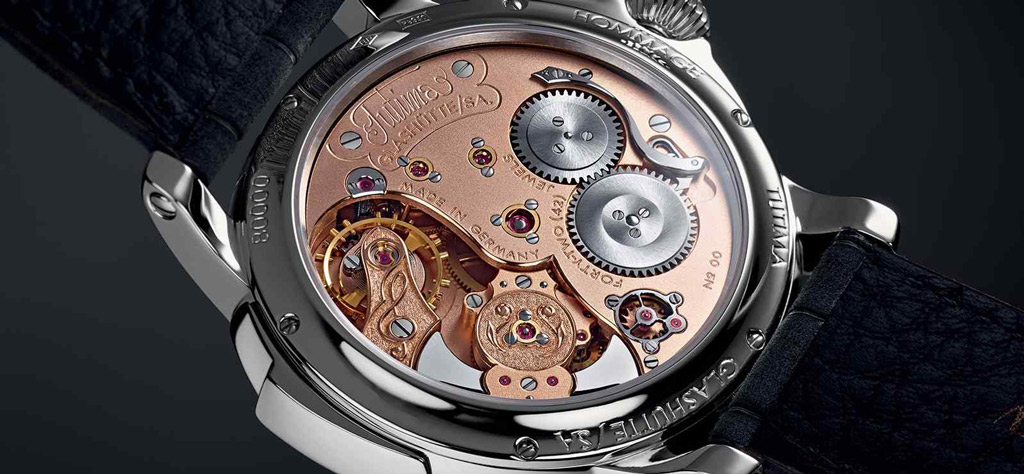
Going forward, Tutima’s lineup has a decidedly different look than it has for the past several decades. 68 years after the first one ended, their second Glashütte chapter is one of renewal.
by Ed Estlow









 Featured Videos
Featured Videos




